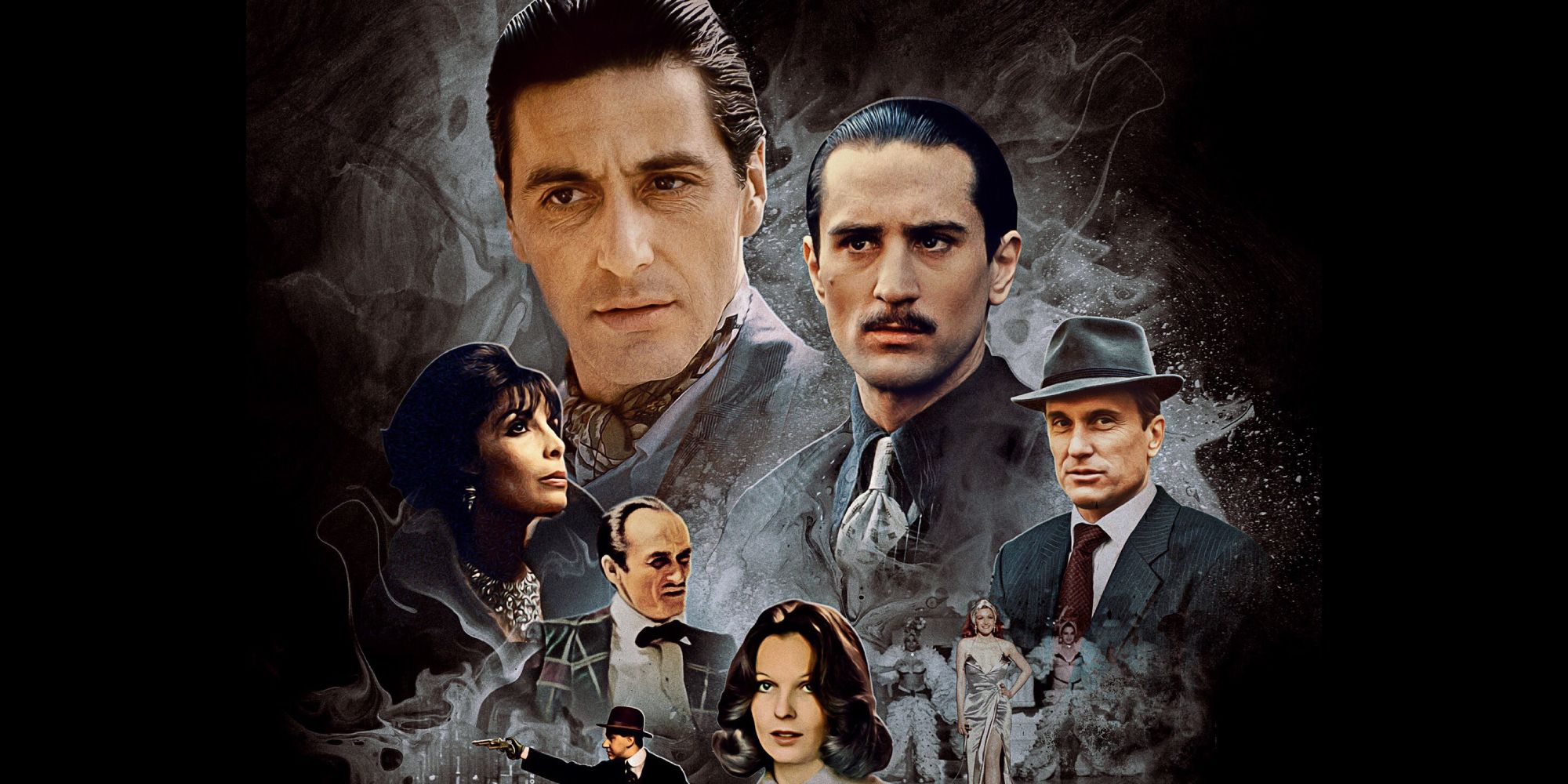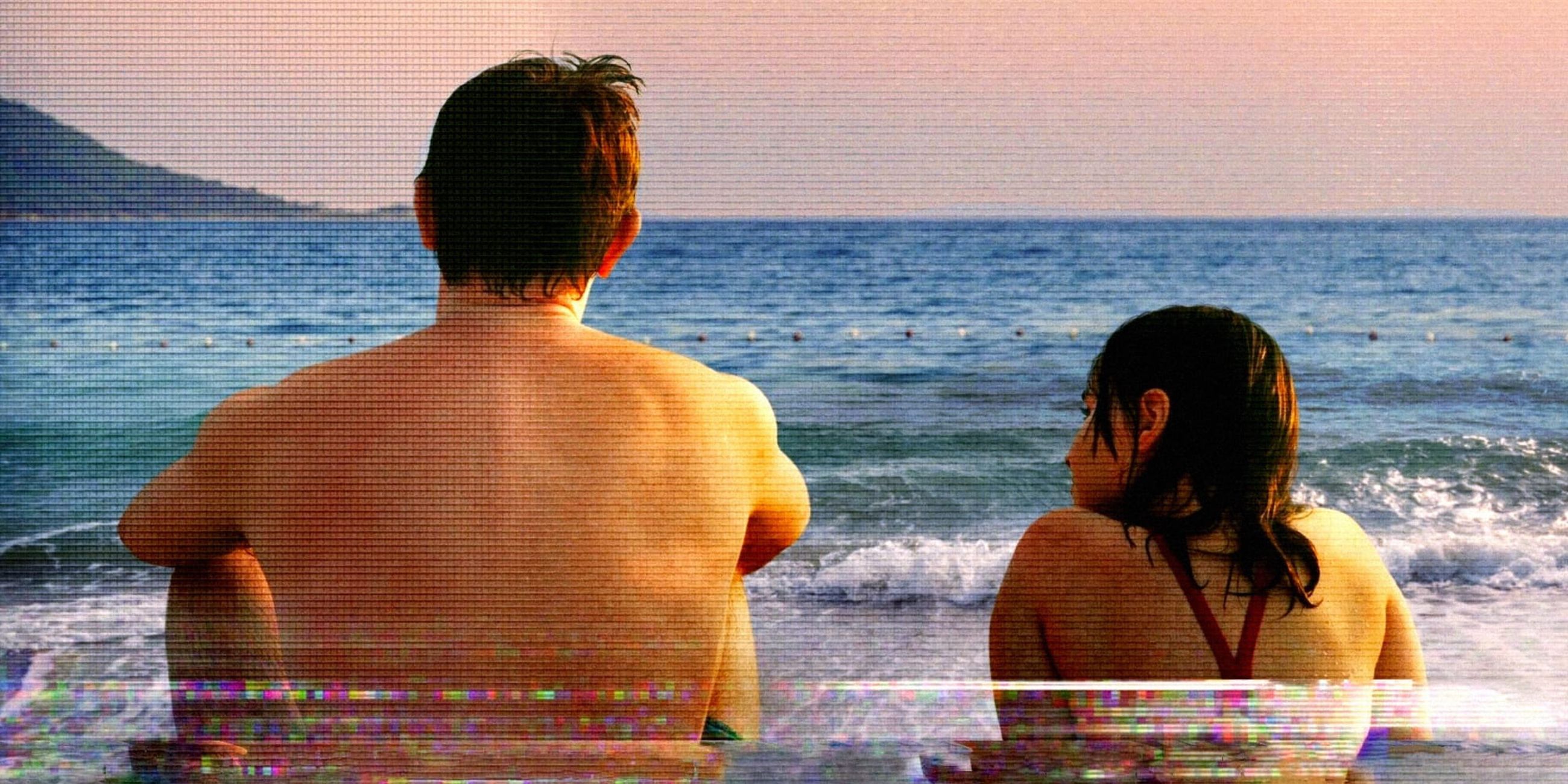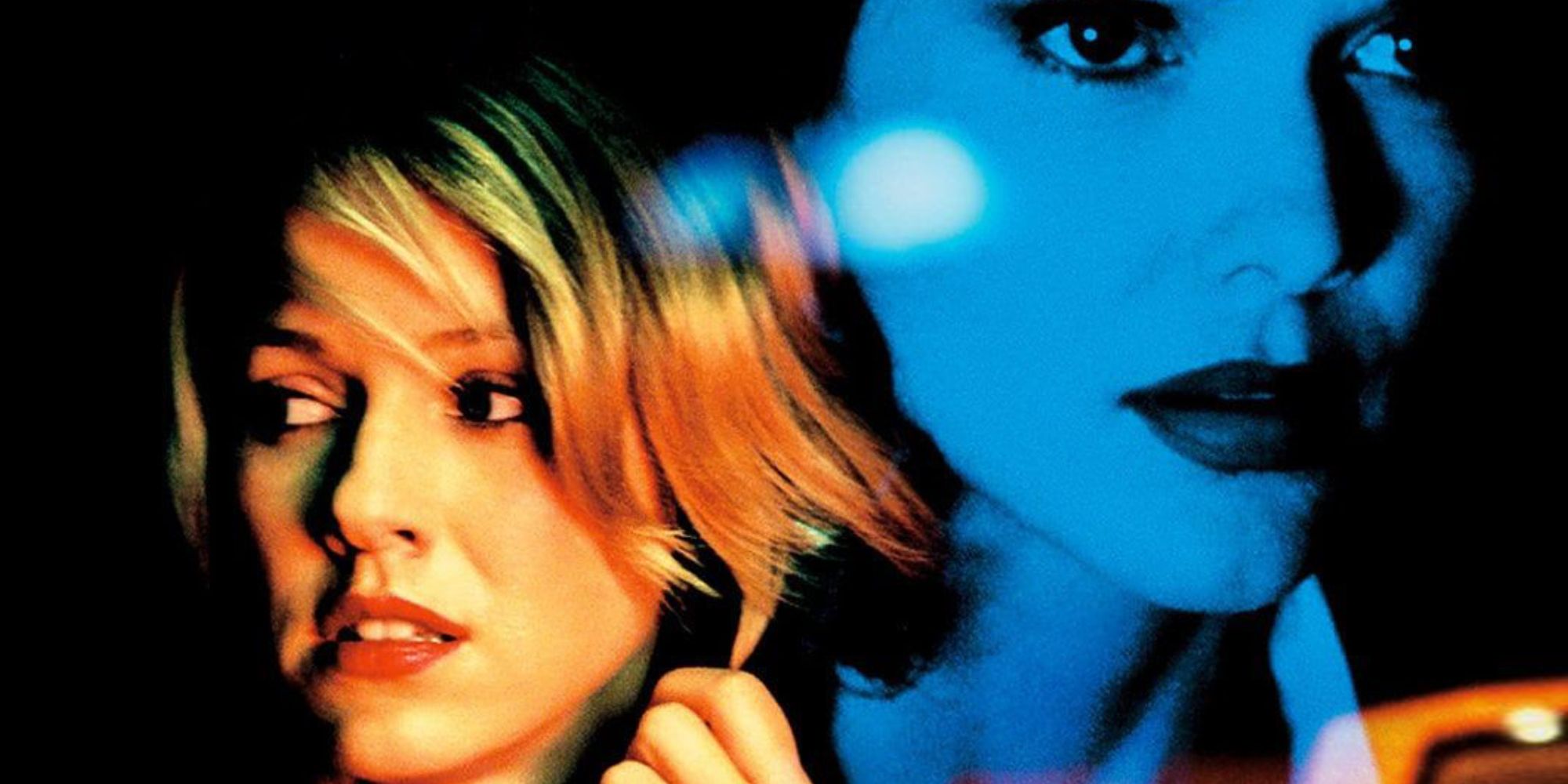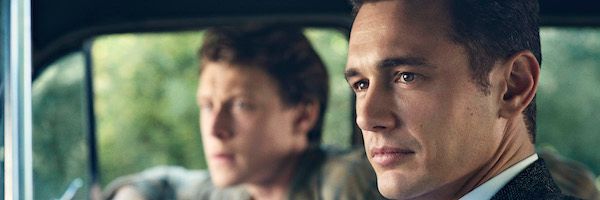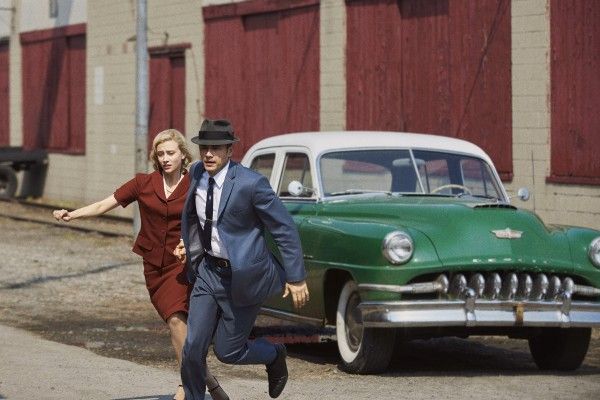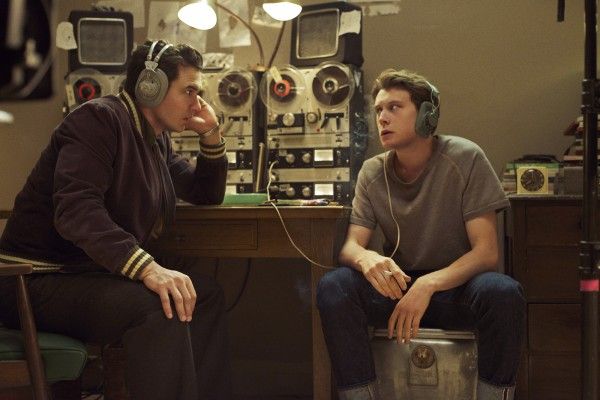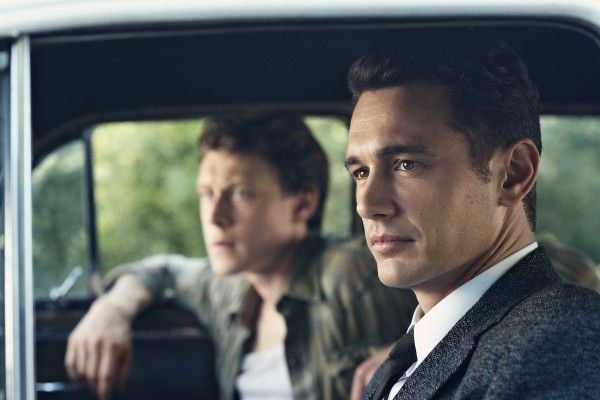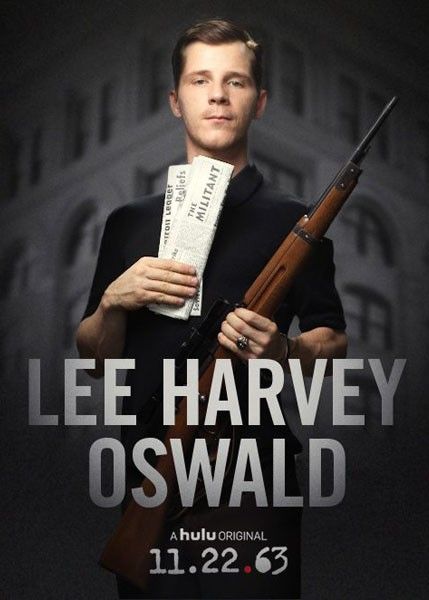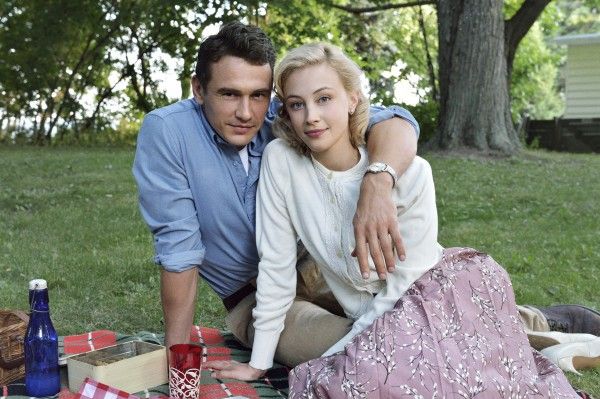Based on the best-selling novel by Stephen King and executive produced by J.J. Abrams, Bryan Burk and Bridget Carpenter, the Hulu event series 11.22.63 follows Jake Epping (James Franco), an ordinary high school teacher, into a rabbit hole that leads back to 1960. When he is sent on a mission to prevent the assassination of John F. Kennedy, he attempts to solve the mystery of who was really responsible while fighting against everything that the past itself throws at him to stop him from doing so. The series also stars Chris Cooper, Sarah Gadon, George Mackay, Daniel Webber, T.R. Knight, Josh Duhamel and Lucy Fry.
While at the TCA Press Tour, showrunner Bridget Carpenter spoke to Collider for this exclusive interview about how 11.22.63 came about, working and collaborating with such talented people, being able to call Stephen King a friend, the challenges of casting, why James Franco was the best choice to be at the center of this story, creating the look of the 1960s, why this is an “event series,” and what a remarkable experience this was.
Collider: How did this come about and how did you end up working with this great group of people?
BRIDGET CARPENTER: Dreams do come true. I read Stephen King as a junior high schooler. My father introduced me to Stephen King far too young, which I’m very grateful for now. I had read the book for fun, and then Bad Robot called my lovely agent and they said, “We’re interested in talking to you about 11.22.63. Do you know it?” And I went, “Yeah, I know that. Yes, I do. Want me to come in today?” I was far too eager. I was not cool, by any stretch. So, I went the next day or so, and I didn’t really have a master plan, but I knew that I loved the story so much that it was not hard for me to go, “I think it goes like this. This is what I think it’s about. This is what it means to me.” I had been emotionally affected by the story, on my own, and I knew how I wanted to feel watching it because I had felt it already reading it. God bless them, Bad Robot hired me to develop it and I spent the next six months in a room, alone, with a lot of index cards up on a wall, like the guy in A Beautiful Mind. And then, we sold it to Hulu. I had a couple other very talented writers, who each wrote an hour, but I’d broken the whole season. And then, we went into production. It was pretty dreamy. Peter Roth and Warner Bros. were partners with J.J. [Abrams], so it was a wonderful tidal wive of support.
Is it intimidating to take on a Stephen King story?
CARPENTER: I’m intimidated now. I just felt my good fortune, and I also trust my love for the book, my love for the material, and my reverence for Stephen King. In that sense, I was not intimidated. I was like, “I know I love it, I know what I love about it, and I have a take on what I think it means and how to make it dramatic.” That part was not intimidating. It was intimidating to meet him, but we have since become friends. Now, it just makes me feel really lucky and happy that I can call him Steve.
What did it meant to you to have Stephen King’s support on this?
CARPENTER: He was really clear with me, Warner Bros. and Hulu when he wrote, “I find that the best adaptations of my work are ones that are not slavish, and I think Ms. Carpenter is on the right track.” I was so grateful for that nod of approval because it freed me. By the same token, it also made me want to turn to him all the time and go, “I’m thinking about doing this. How do you feel about it? I’m thinking about taking this turn. Do I have your blessing?” And the answer was always, “Yes.” He really does understand adaptation.
How challenging was the casting for this, especially knowing that some of the characters were real people?
CARPENTER: It wasn’t difficult, only because we heard, fairly early on, that James Franco wanted to adapt it and option it himself. So, J.J. reached out and they started having conversations. And then, I met with him and we all went, “Yes, this is the person.” That part was actually remarkably and uncharacteristically easy. Not only do you need to believe James Franco as this character, but you need an actor who you care about and want to keep watching because of how much he’s on screen, and that’s a really particular type of actor. I had no doubt, not only that James could do it, but that I wanted to watch him, all the time. He’s proven that, time and again. He certainly proved it in 127 Hours, where you aren’t just watching one character, but you’re watching him in one place. He’s a wonderful actor with very special craft and gifts and skills. That he wanted to do it made it easy.
What was it like to collaborate with James Franco?
CARPENTER: It was the best. We were pouring over it going, “Is this right?” It feels really good to be with somebody who cares about it and who’s as invested in it as you. It was not just another thing for him. It took six months of his life and he moved to Toronto. Also, the fact that he directed and took the directing so seriously, and he did such a special episode, it was bananas on a banana split. It was all good. It’s a big deal to have an actor who’s also a partner, and that happened to be the case with James. That also happened to be the case with Sarah Gadon. She became a partner in the creation of that role. You want to partner up with people that are the best. When they’re that good, you don’t want to go, “I’m going to tell you what to do.” You want to link arms and go, “We’re doing this together.” I’m really sad that it’s over ‘cause that’s what I got to have.
How was it to get to see what the rest of your cast could do with roles that they wouldn’t typically be thought of for?
CARPENTER: Josh Duhamel is somebody you can’t take your eyes off of, and same with T.R. Knight. It’s a car that you want to run up to 100 mph, right away. It was not a normal experience on set. Chris Cooper was acting and the entire crew was silent. You could hear a pin drop. And then, someone would say, “Cut!,” and a griseled old grip would turn and go, “Damn!” There were people who had worked on movies their whole lives going, “I need to stop for a minute.” That absolutely happened with T.R. It was a silent set. People knew that something very special was happening. There were crew members who were in tears. It was really great.
What made Daniel Webber your Lee Harvey Oswald?
CARPENTER: He came in so prepared, and he did look like Lee and have the voice of Lee. It’s such an important role. Regardless of what any of us think about Lee Harvey Oswald, and whether you think he was the real shooter or the only shooter, a villain or a demon, he was a human being. It was always about keeping that character three-dimensional, and as long as you did that, there was leeway. We found that boundary. He brought a wonderful humanity and grounded-ness to the part. I think he did a wonderful job.
How did you find the look you wanted for the 1960s?
CARPENTER: I thought about it constantly. There was a way that I approached that with the art department and the background players, which was that I didn’t want people to have stepped out of a catalogue. This is not a world of perfect beauty. I wanted it to be the real world of the 1960s. I know that some women walked out of the house without lipstick. On one of the early days, I looked around the room and everybody looked fantastic. I went to the make-up department and said, “It’s real life that we’re making. Everybody isn’t the star of the movie. You need to go around to everybody with a tissue and wipe some of that stuff down. It has to be more grounded and genuine and germane to a real experience.” All of us are beautiful people, but we walk around just being people. I wanted real human beings. I didn’t want everybody to be pretty. I didn’t want everybody to be thing. I didn’t want everybody to be a size 4. I wanted it to be like the world. I think that we got there, and that was really special. I wanted texture and grit to everything. And then, you have an actress like Sarah Gadon, where you could rub dirt on her face and she’d look like she stepped off of a Vogue cover, and that’s fine.
Why is this being called an event series?
CARPENTER: I think it’s because people want to evolve the idea of the word “mini-series.” Mini-series has an ‘80s connotation to it. Maybe part of that is marketing, but there’s a truth to that because there is nothing mini about the way that we did this. I think it speaks to wanting to be the event of these next two months. We want to make an impact and not say, “This is something to gobble up.” So, it’s probably partly marketing, and also trying to truly reflect the time put into making this series.
What were the biggest challenges in pulling this off?
CARPENTER: The challenges were remarkable for me. It was my first time doing a series not taking place in present day. What I learned was that you have to be much more precise with your filmmaking because, on the day, you’re really constricted, in terms of your visual story. This was a heavy location show. We didn’t have a bunch of built sets. It wasn’t a courtroom drama. You can’t turn the camera wherever you want. You’re limited, so you need an extraordinary amount of preparation, and you still need to be able to improvise. Visually, it was really bracing to go, “Oh, right, we can’t figure it out on the day. We have to know well ahead of time and well beforehand.” There’s a practical processing of all of your background people. None of the background players get to just walk onto the set. They have to spend two hours getting ready, and that’s two hours times 50 for people who aren’t even talking. That’s a big deal, in terms of scheduling. It’s a big, giant machine that time has everything to do with. That was really instructive.
11.22.63 is streaming on Hulu.


